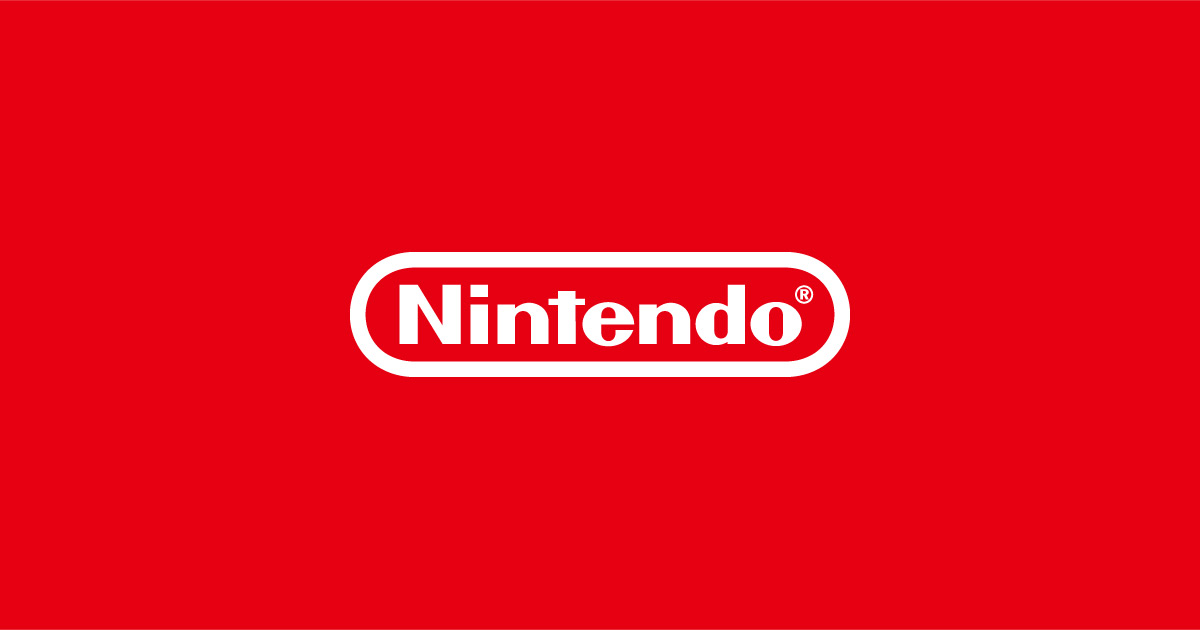As PlayStation commemorates its 30th anniversary in the West, the gaming world is reflecting on a pivotal moment in industry history—the failed collaboration between Sony and Nintendo that ultimately paved the way for Sony Interactive Entertainment's revolutionary hardware.
In an exclusive interview with GamesIndustry.biz, Shuhei Yoshida, former President of SIE Worldwide Studios, shared new perspectives on being at the heart of PlayStation’s inception and how Nintendo’s withdrawal from their joint project set Sony on a path to reshape modern gaming. Yoshida, who retired earlier this year, was deeply involved in the PlayStation story as early as its conception as a potential CD-ROM add-on for Nintendo’s 16-bit Super Nintendo Entertainment System (SNES).
Reminiscing on those early days, Yoshida described working closely with Ken Kutaragi—known as the "Father of PlayStation"—and testing early prototypes.
“The hardware was nearly complete with several games finished, including a space shooter based on Super Nintendo technology,” Yoshida told GamesIndustry.biz.
However, he noted that the limitations of SNES technology underscored the constraints of augmenting an existing system, rather than building a platform from the ground up. The partnership dissolved in 1991 at the Consumer Electronics Show, where Nintendo famously rejected the proposed royalty arrangement with Sony and instead partnered with Philips.
As a result, the SNES CD add-on was scrapped, and only a handful of Nintendo-themed CD-i games would ever surface under Philips.
The fallout initially left Sony at a disadvantage in the rapidly growing gaming sector, and marked a significant moment of uncertainty for the company.
Yet, as Yoshida observes, this seeming setback became a catalyst for Sony’s future dominance.
Citing the failure of Sega’s Mega CD peripheral for the Mega Drive/Genesis, he reflected, "It became clear that adding optical drives to existing 16-bit systems was too limited.
If Nintendo hadn't cancelled the project, Sony’s team might have remained tethered to a Nintendo platform." Freed from those constraints, Sony’s engineers, led by Kutaragi, were empowered to develop the PlayStation as a standalone, next-generation hardware—a move that would lead to over 100 million units sold worldwide and set new standards for 3D gaming, music, and storytelling. Looking back, Yoshida sees Nintendo’s decision as instrumental in shaping industry competition.
"Nintendo inadvertently created their biggest rival.
But competition is healthy," he remarked.
"Now, Xbox, Nintendo, and PlayStation are innovating in unique directions, and that diversity benefits the whole industry." Today, PlayStation stands alongside Nintendo Switch and Xbox Series X|S as one of the pillars of the modern gaming landscape.
The story serves as a reminder of how pivotal business decisions and unforeseen challenges can catalyze game-changing developments, benefitting players and creators alike.
In an exclusive interview with GamesIndustry.biz, Shuhei Yoshida, former President of SIE Worldwide Studios, shared new perspectives on being at the heart of PlayStation’s inception and how Nintendo’s withdrawal from their joint project set Sony on a path to reshape modern gaming. Yoshida, who retired earlier this year, was deeply involved in the PlayStation story as early as its conception as a potential CD-ROM add-on for Nintendo’s 16-bit Super Nintendo Entertainment System (SNES).
Reminiscing on those early days, Yoshida described working closely with Ken Kutaragi—known as the "Father of PlayStation"—and testing early prototypes.
“The hardware was nearly complete with several games finished, including a space shooter based on Super Nintendo technology,” Yoshida told GamesIndustry.biz.
However, he noted that the limitations of SNES technology underscored the constraints of augmenting an existing system, rather than building a platform from the ground up. The partnership dissolved in 1991 at the Consumer Electronics Show, where Nintendo famously rejected the proposed royalty arrangement with Sony and instead partnered with Philips.
As a result, the SNES CD add-on was scrapped, and only a handful of Nintendo-themed CD-i games would ever surface under Philips.
The fallout initially left Sony at a disadvantage in the rapidly growing gaming sector, and marked a significant moment of uncertainty for the company.
Yet, as Yoshida observes, this seeming setback became a catalyst for Sony’s future dominance.
Citing the failure of Sega’s Mega CD peripheral for the Mega Drive/Genesis, he reflected, "It became clear that adding optical drives to existing 16-bit systems was too limited.
If Nintendo hadn't cancelled the project, Sony’s team might have remained tethered to a Nintendo platform." Freed from those constraints, Sony’s engineers, led by Kutaragi, were empowered to develop the PlayStation as a standalone, next-generation hardware—a move that would lead to over 100 million units sold worldwide and set new standards for 3D gaming, music, and storytelling. Looking back, Yoshida sees Nintendo’s decision as instrumental in shaping industry competition.
"Nintendo inadvertently created their biggest rival.
But competition is healthy," he remarked.
"Now, Xbox, Nintendo, and PlayStation are innovating in unique directions, and that diversity benefits the whole industry." Today, PlayStation stands alongside Nintendo Switch and Xbox Series X|S as one of the pillars of the modern gaming landscape.
The story serves as a reminder of how pivotal business decisions and unforeseen challenges can catalyze game-changing developments, benefitting players and creators alike.






